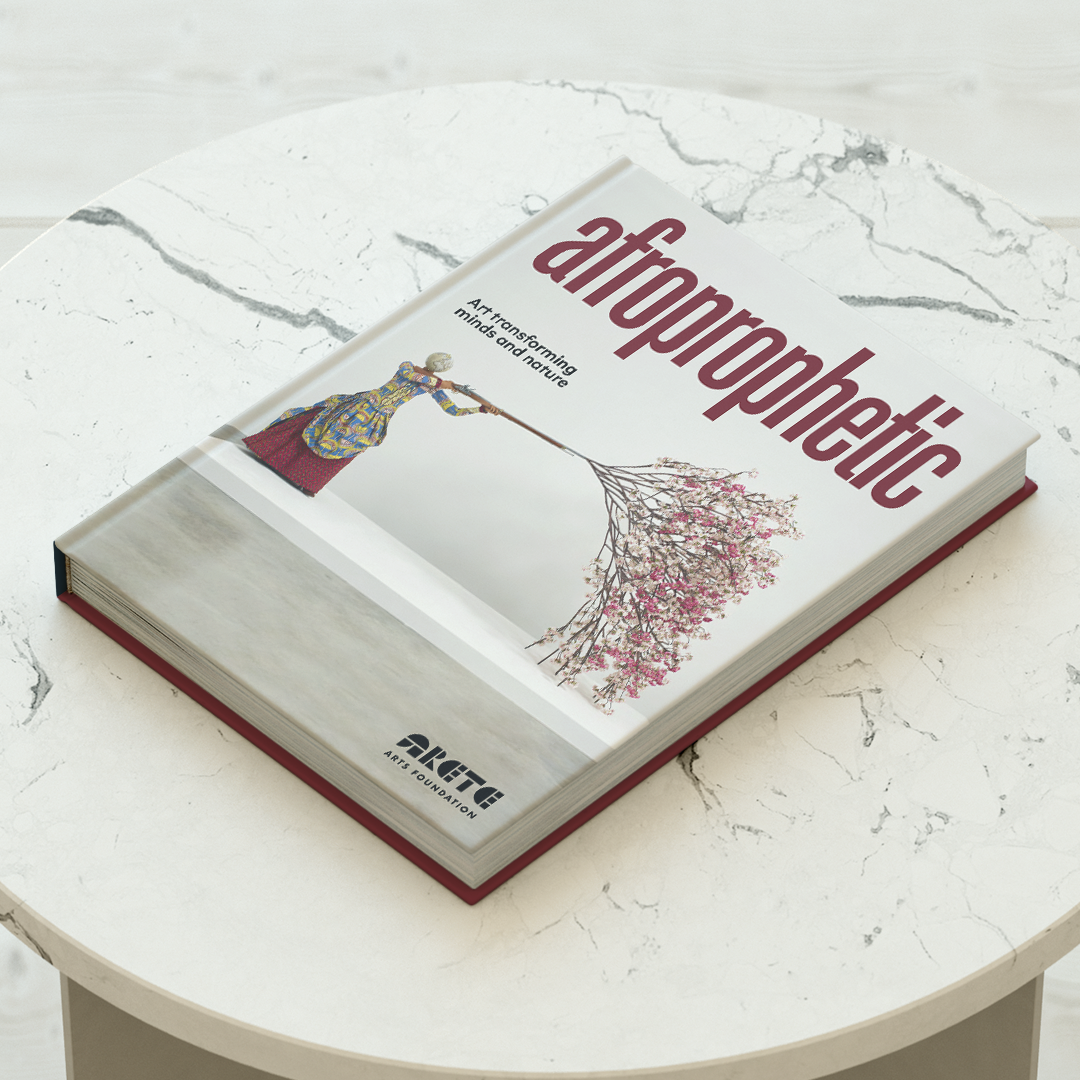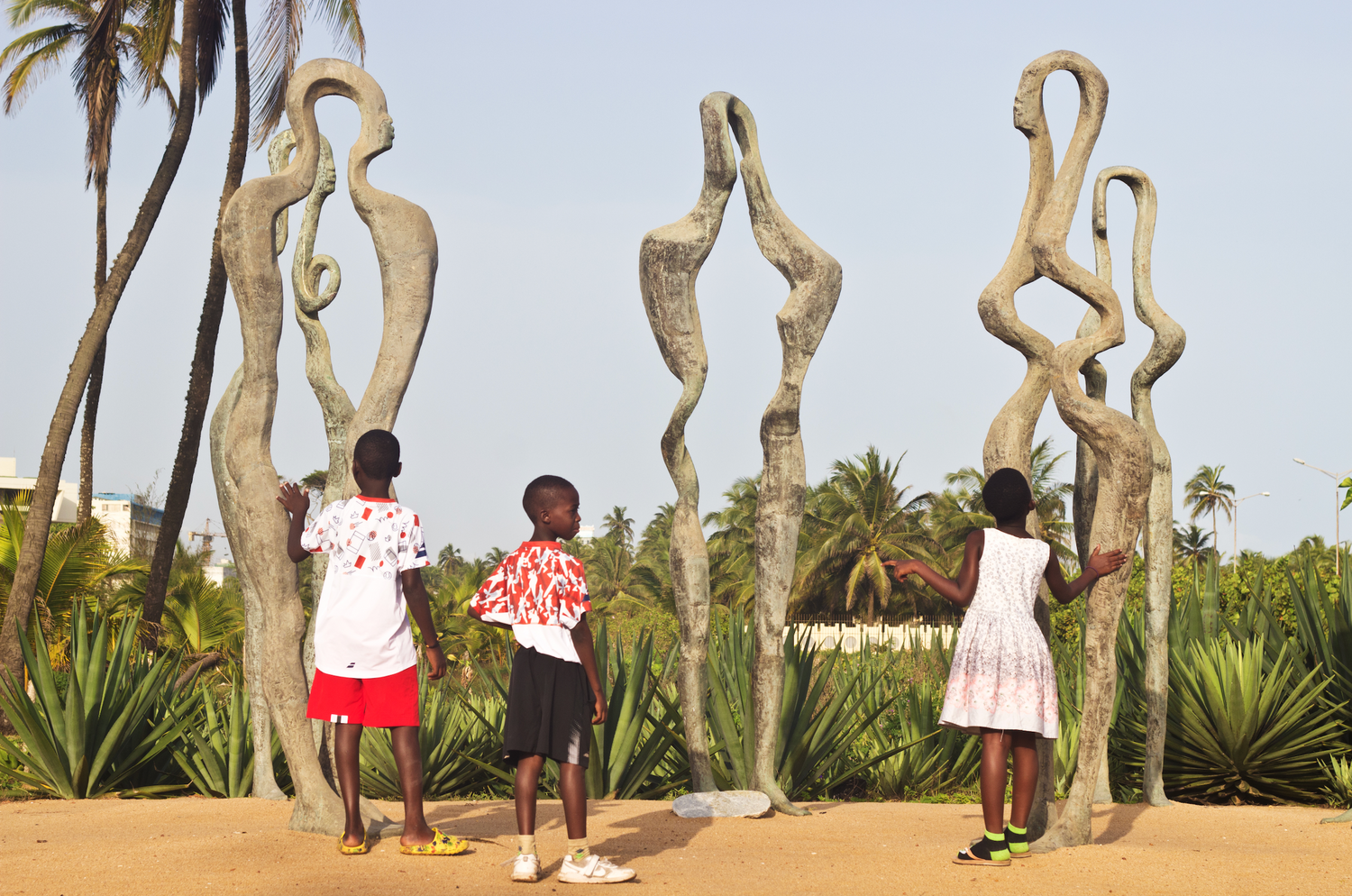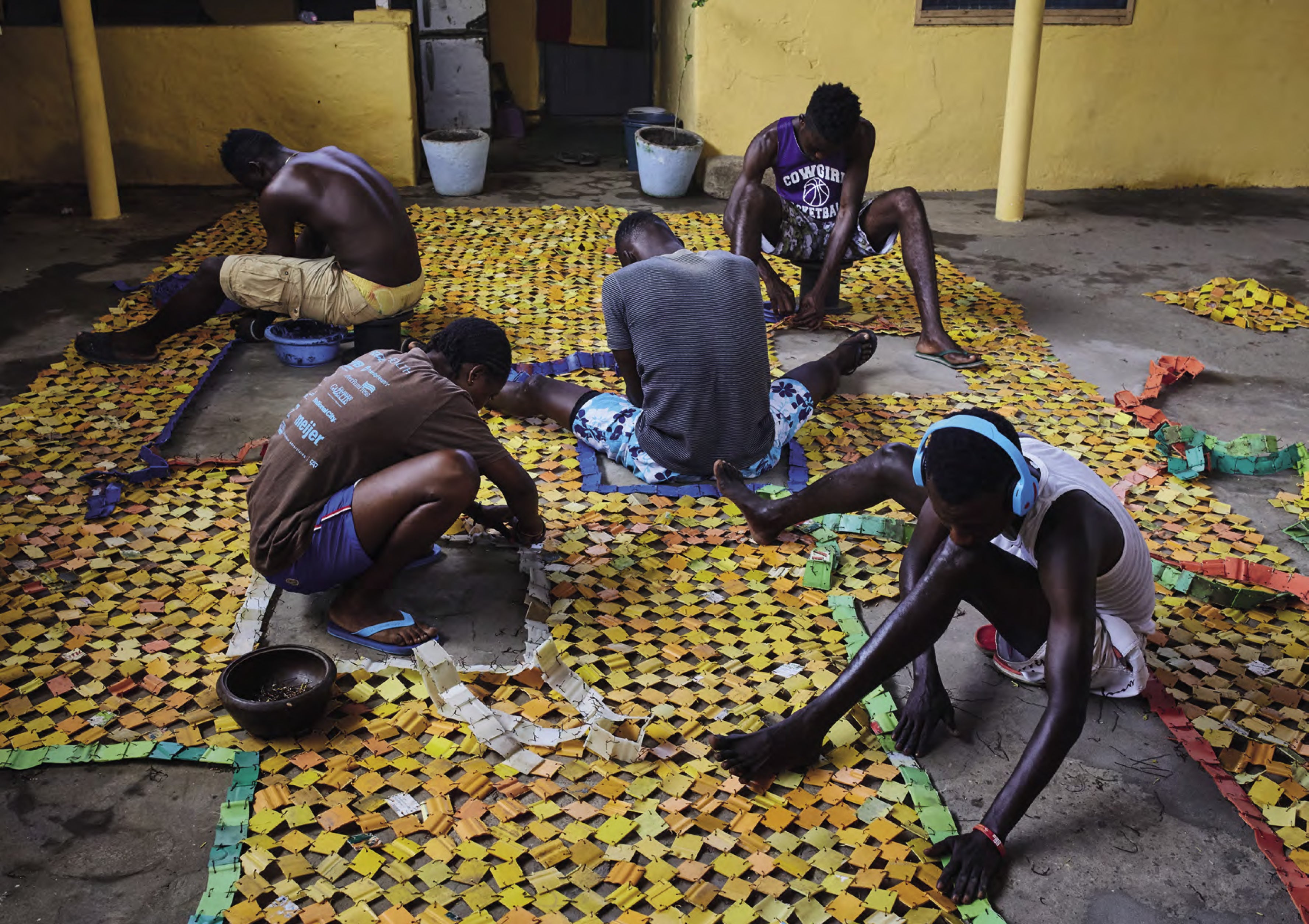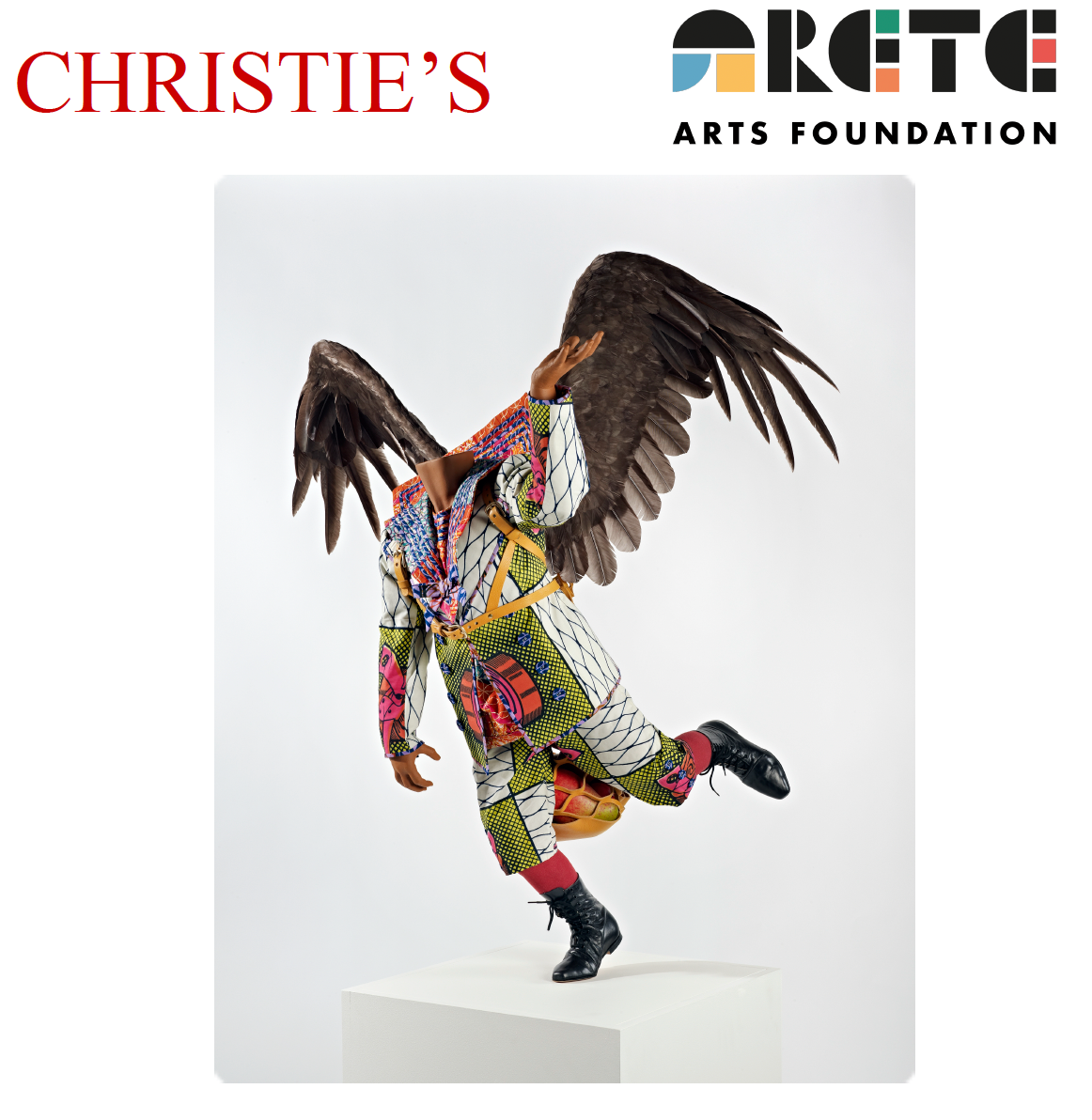Africa has a complicated history, but art and architecture provide a connection to our past while simultaneously expressing our present and providing a vision of our future. Afroprophetic speaks to us by breaking out of old paradigms and tropes and looking to Africa and African artists as harbingers of what can be our collective future. It is a group of people, as we see within these pages, who are creative, diverse and hopeful – yet sober about what is at stake as we consume and degrade our natural environment past the point of recovery. We may debate who bears more responsibility for climate change in this era of global economies and unprecedented industrialisation and extraction, but ultimately our fates are intertwined with that of our shared planet.
I am honoured to be the founding director of the Palais de Lomé in Togo. Once home to the former colonial governors, the palace lay abandoned for twenty years, a relic of the past and a symbol of exclusion. Restoration work on the palace and the adjoining 11-hectare oasis began in 2014. Our ambition was not merely to rehabilitate the physical structure, but to transform its role as a centre for art and culture in the heart of Lomé, creating a unique public space that nurtures the creative talents of Africa and its diasporas, and embraces the interplay between art, culinary arts, science and technology.
Home to hundred-year-old trees and reflecting our community knowledge and biodiversity, Lomé is the only capital in coastal West Africa to have such a park in its city centre, overlooking the expansive horizon of the Atlantic Ocean. As one walks through a profusion of creeping lianas and verdant ferns, the calls of over forty species of bird can be heard. A haven of tranquillity, the park is a natural classroom that highlights medicinal traditions and the potential of conservation-friendly agroforestry, including beekeeping. One also discovers sculptures and artworks by contemporary artists, including a monumental group of bronze sculptures, The Togolese, created on site by Amouzou Amouzou-Glikpa (who worked with craftsmen using the traditional lost-wax bronze technique), and Sadikou Oukpedjo’s Council of Elders, a series of marble sculptures that were likewise carved on site.
Against this backdrop, we seek to provoke discussion about the connection between humans, art and nature. Our art exhibits focus on the topics of pollution, recycling and the environment. Some artists are chosen for their capacity to engage creatively with the materials from their environment to make political or social statements. Exhibitions like that of designer Kossi Aguessy, whose calabash-inspired pieces are displayed in the Palais, celebrate our connection to the natural world, spilling outside of the walls and into the park, where we show visitors the actual calabashes growing in the garden.
Engagement and discussions are inclusive and focused on connecting with the next generation, inculcating in them a sense of wonder and curiosity. Through various school programmes, we host more than 1,000 children per week who would otherwise not be exposed to such tangible artistic and environmental experiences. Alongside contemporary art, they are introduced to a variety of plants, insects and birds, and engage in conversations about the threats to and benefits of biodiversity. The ponds, which include mangrove trees, waterlilies, papyrus, fish and frogs, give us the opportunity to talk about the mangrove, an extremely threatened ecosystem in West Africa.
Many of us take our connection to art and our basic relationship with nature for granted. I feel a great deal of responsibility to invite the next generation into a space where they can ask questions and embark on a lifelong journey of curiosity and creativity. They will be navigating a world of technology, global supply chains, power and politics, and the threat of a dystopian future. If they are rooted in a worldview that celebrates their cultural and natural history, perhaps they can help create a more positive narrative and a sustainable reality … and they might just be able to see something that we have yet to understand.







Leave a comment
This site is protected by hCaptcha and the hCaptcha Privacy Policy and Terms of Service apply.